Summer Solstice: The 10 best stone circles in the UK
Discover the mysterious world of stone circles
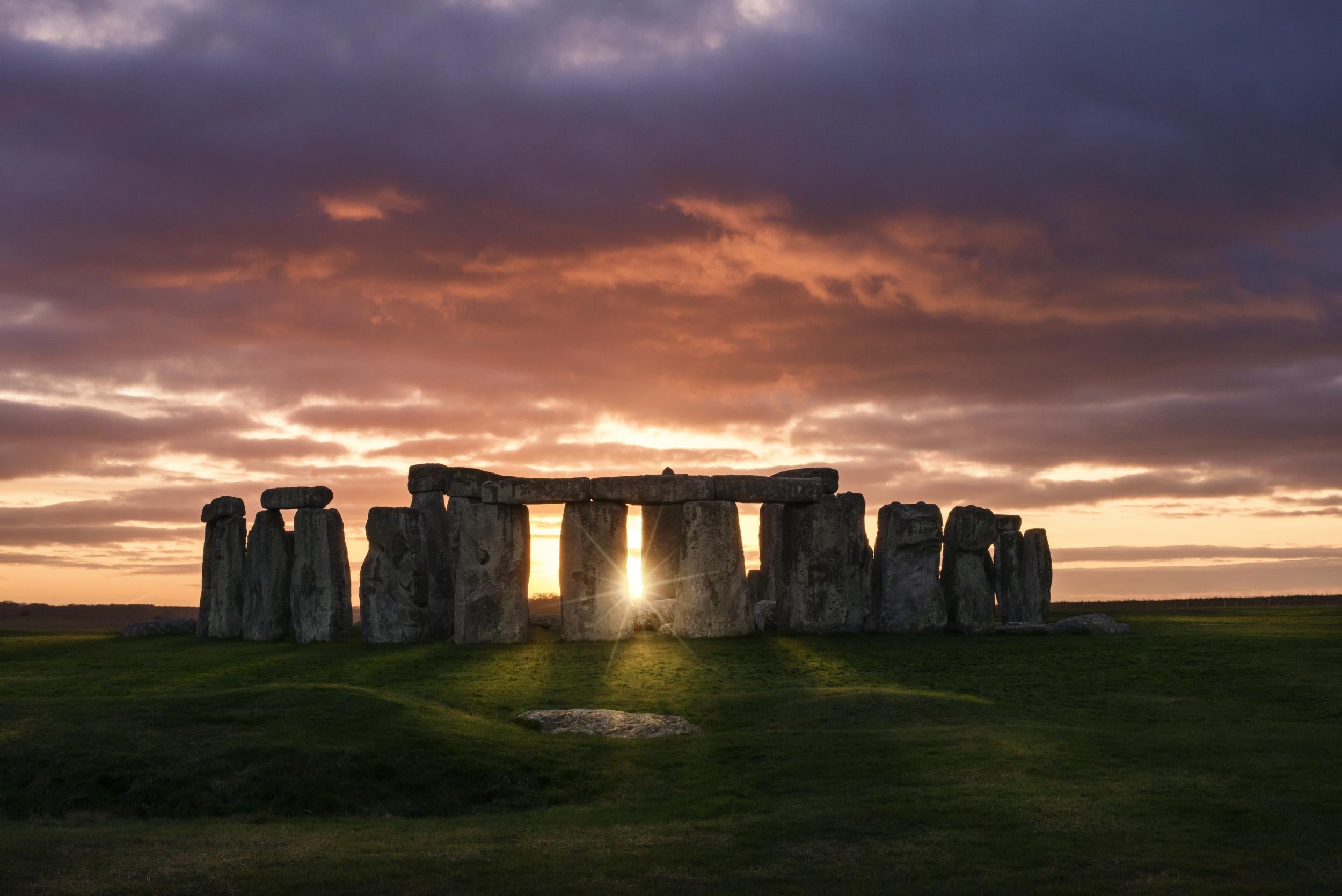
Your support helps us to tell the story
From reproductive rights to climate change to Big Tech, The Independent is on the ground when the story is developing. Whether it's investigating the financials of Elon Musk's pro-Trump PAC or producing our latest documentary, 'The A Word', which shines a light on the American women fighting for reproductive rights, we know how important it is to parse out the facts from the messaging.
At such a critical moment in US history, we need reporters on the ground. Your donation allows us to keep sending journalists to speak to both sides of the story.
The Independent is trusted by Americans across the entire political spectrum. And unlike many other quality news outlets, we choose not to lock Americans out of our reporting and analysis with paywalls. We believe quality journalism should be available to everyone, paid for by those who can afford it.
Your support makes all the difference.Summer Solstice or midsummer is the longest day of the year when, weather permitting, we can enjoy up to 17 hours of sunlight.
Friday 21 June is officially the start of summer for those of us living in the western hemisphere, but it also has another meaning for pagans and druids.
The day signifies rebirth and is also an opportunity to acknowledge the power of the sun, which is at its highest point in the sky.
As well as a time to celebrate life and growth, it’s also the time when the sun begins its slow descent towards shorter and cooler days.
Stonehenge, the ancient stone circle in Wiltshire, is inundated by revellers every year who arrive in droves to watch the sun set on Midsummer Day. In 2017, over 13,000 people attended the site.
Although the exact purpose of Stonehenge is unknown, it is believed to be a prehistoric temple aligned with the movements of the sun. Other theories as to its role include a Druid temple, an astronomical calculator for predicting eclipses and solar events, a place where ancestors were worshipped and a centre of healing.
Even if you’re not inspired to get in touch with your spiritual side, many of the UK’s stone circles are located in beautiful and remote locations, so if the stones don’t move you, the surroundings might.
Avebury

Avebury is one of the great wonders of prehistoric Britain and the largest stone circle in the world. It consists of an inner circle of upright stones, enclosing a further two stone circles, and was built and altered over many centuries from about 2850 BC until about 2200 BC.
It is believed that the circle may have been developed as a public “theatre” for rites and rituals for the local community.
In the Middle Ages, many of the stones were buried or destroyed due to an association with paganism. Building and agricultural improvements also led to others being removed.
Castlerigg
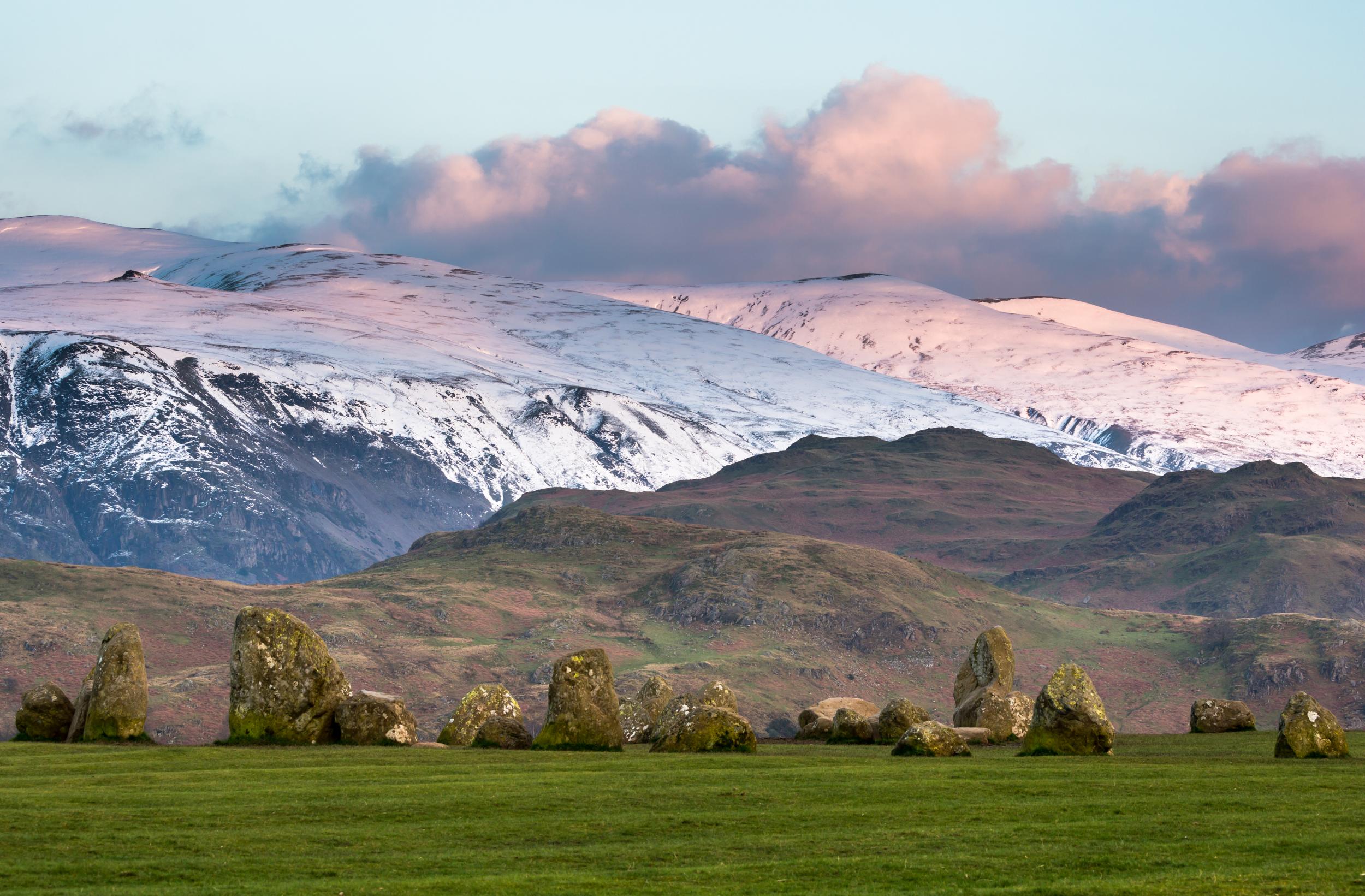
Located in the atmospheric Lake District National Park, Castlerigg has possibly the most dramatic location of any stone circle. The ancient monument overlooks the Thirlmere Valley with the mountains of High Seat and Helvellyn, the second highest peak in England, as a backdrop. Castlerigg is also believed to be one of the oldest stone circles in the UK and is estimated to date from 3000 BC.
One of its most unusual features is a rectangle of standing stones in the centre of the circle.
Swinside

The Swinside stone circle, which is occasionally known as Sunkenkirk, consists of 55 stones set in a 90ft diameter circle. Situated on the south-west edge of the Lake District, this circle is located on private land, but can easily be viewed from a nearby footpath.
Merry Maidens
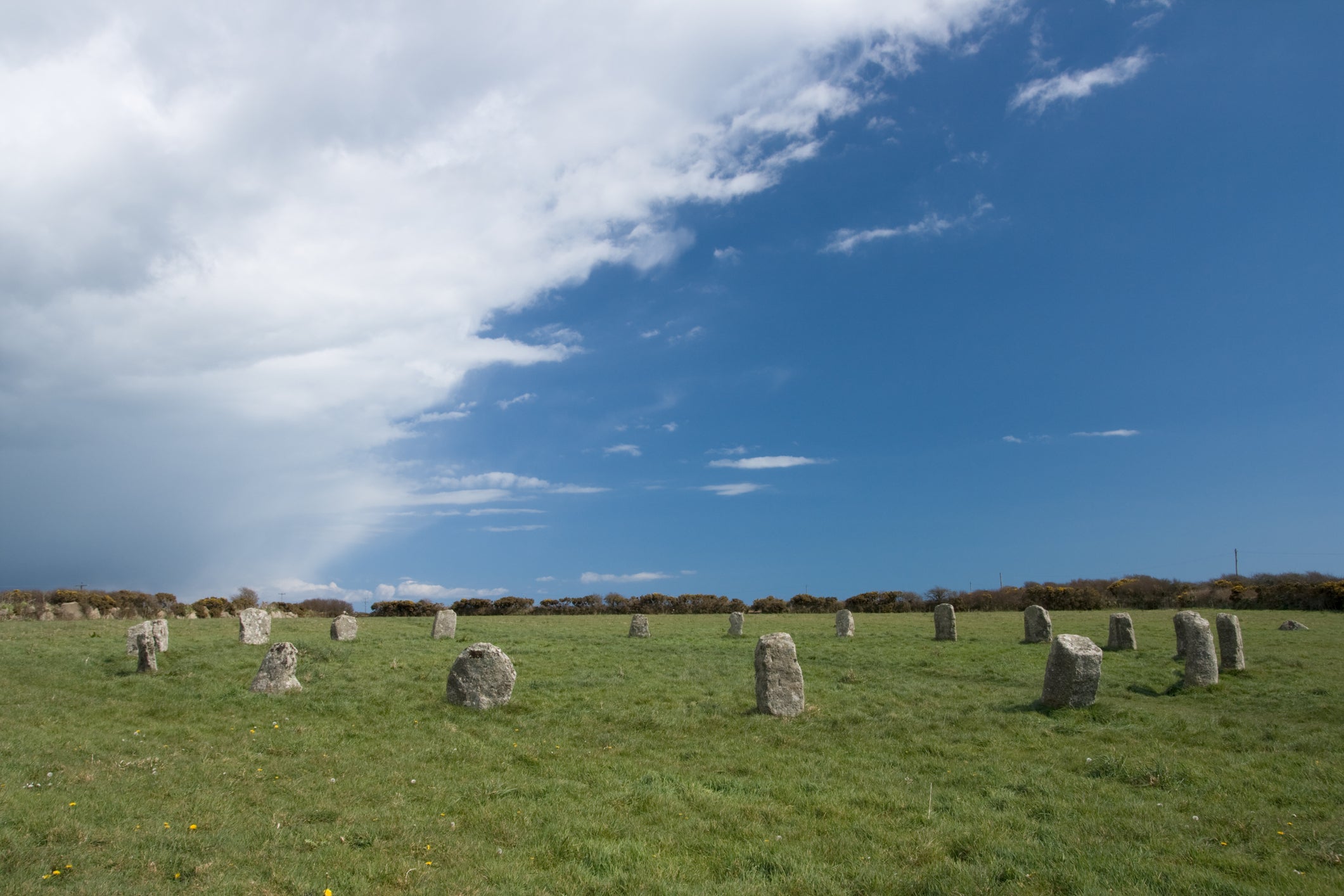
Located between the pretty Cornish towns of Mousehole and Porthcurno, this perfectly circular site is comprised of 19 stones. Built in the late Stone/early Bronze age era, its name is believed to originate from the Cornish “Dans Meyn”, which means dancing stone. The title was given to all recorded Cornish stone circles pre 1900 and has led to an association with dancing rituals.
Ring of Brogadar

Sitting in a natural amphitheatre of hills, the Ring of Brogadar can be found in the Orkney islands. Similarly to other stone circles, the monument is believed to have been a religious shrine and a place of ritual. The ring is the third largest stone circle in the UK and is overlooked by the solitary Comet Stone. Just a mile away sit the four Standing Stones of Stenness, which are 6m in height. These date back to 3100 BC, making them one of the oldest stone circles in Britain.
Stanton Drew
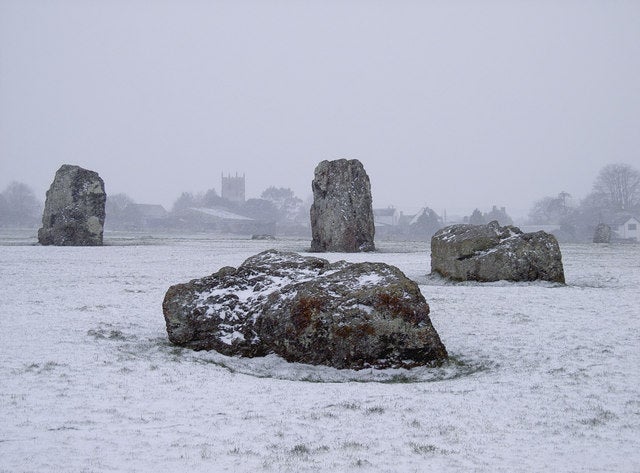
Despite being the third largest group of prehistoric standing stones in England, this collection is often overlooked and, consequently, very quiet. Consisting of 26 standing stones, the site is less than 10 miles from the bustling city of Bristol, making it an ideal spot for a day trip and relaxing walk in the surrounding countryside.
Beaghmore
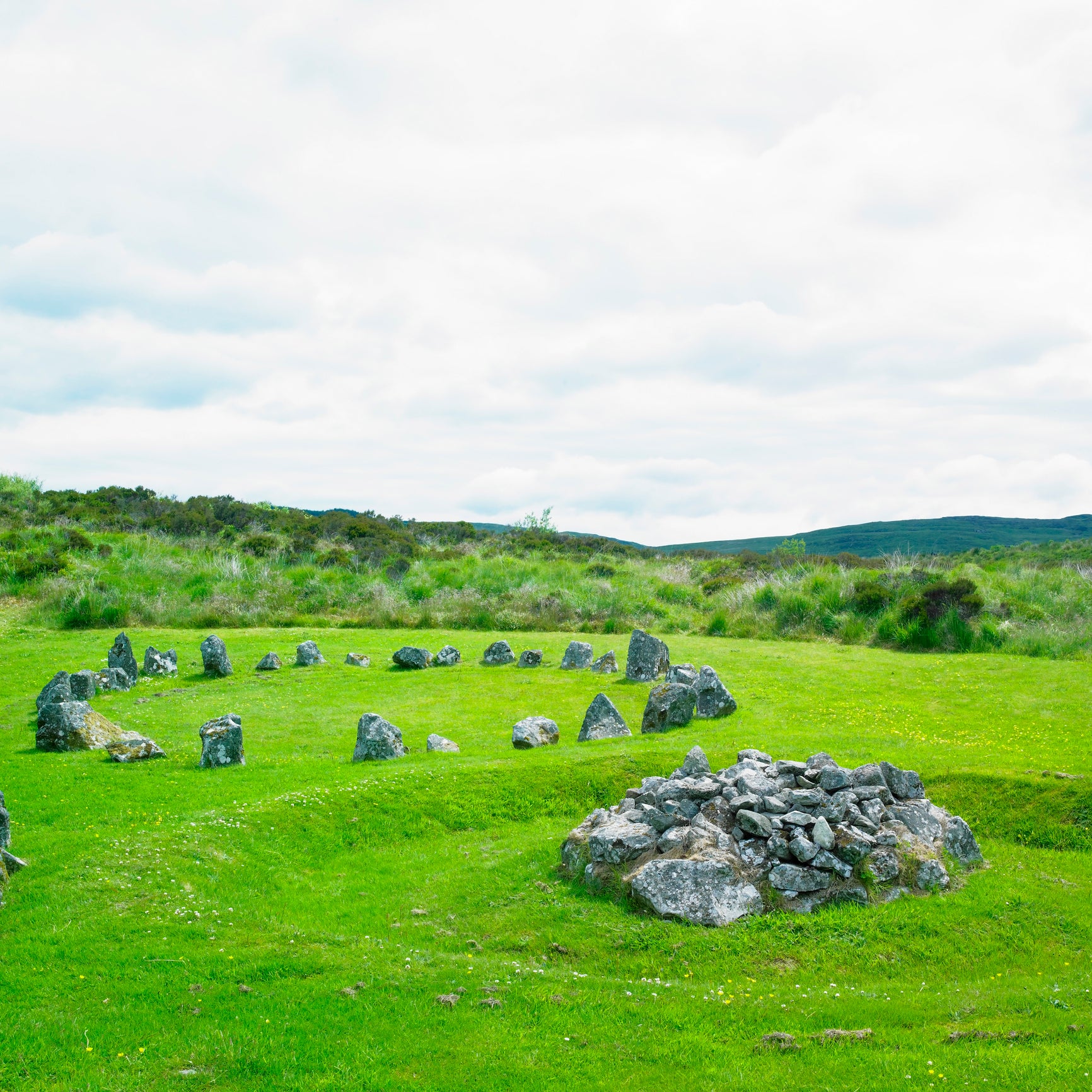
Discovered during peat cutting in the 1940s, this monument consists of seven stone circles. Located in the heart of Northern Ireland, 10 miles from Cookstown, the site is considered to be one of the best dark sky sites in Northern Ireland.
Moel Ty Uchaf Stone Circle
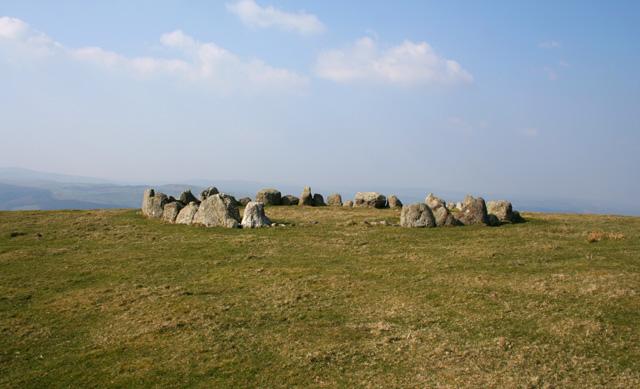
To the west of Snowdonia National Park in Wales sits Moel Ty Uchaf. While it’s not the most easily accessible circle, visitors who make the journey will be rewarded upon arrival with incredible views of the Dee valley below. Situated on the summit of a hill, the circle is comprised of 41 standing stones.
Rollright Stones
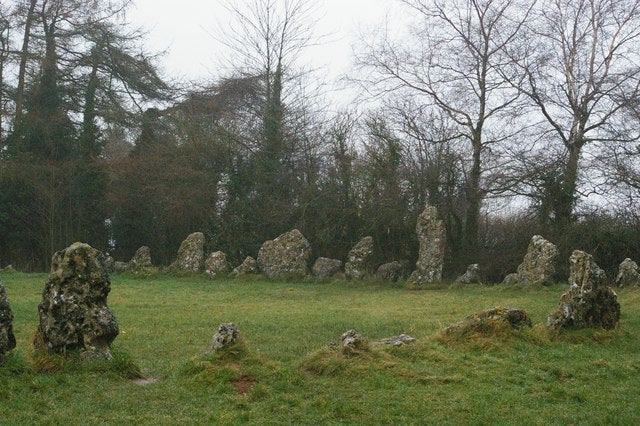
Less than five miles from the picturesque Cotswolds town of Chipping Norton lie the Rollright Stones. Comprised of three groups, legend says that the stones are a monarch and his courtiers who were petrified by a witch.
Stonehenge

The daddy of stone circles, this archaeological site is one of the most important in the world. This year marks a century since this ancient monument was given to the nation. While visitors are unable to roam free, you can get close enough for a good look at the mighty rocks. The site is one of the UK’s most popular tourist attractions with more than a million visitors every year, meaning booking in advance is essential.
Join our commenting forum
Join thought-provoking conversations, follow other Independent readers and see their replies
Comments